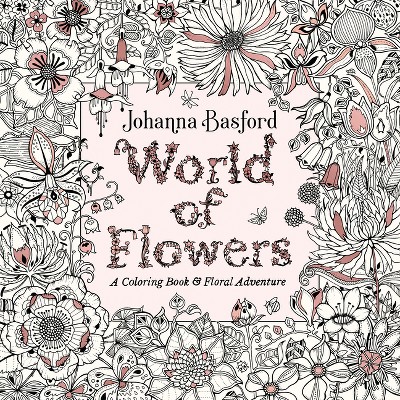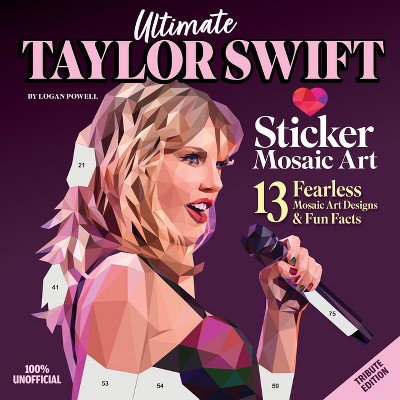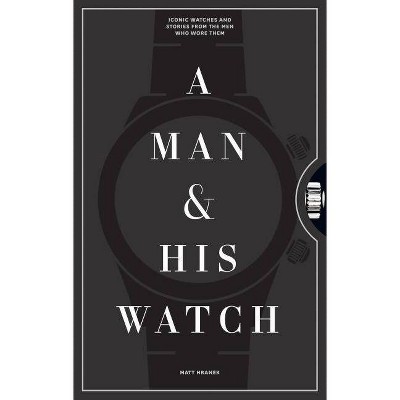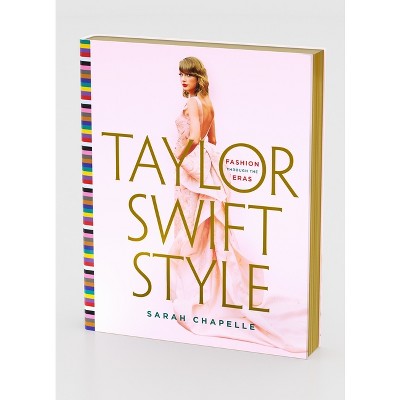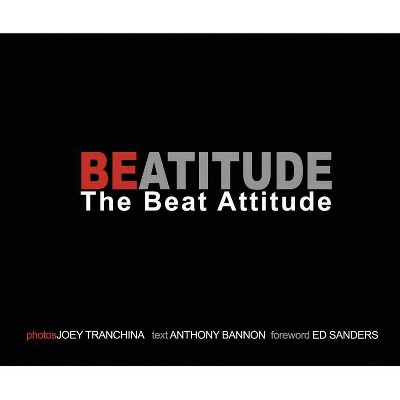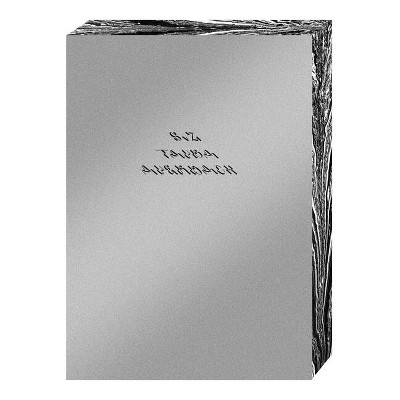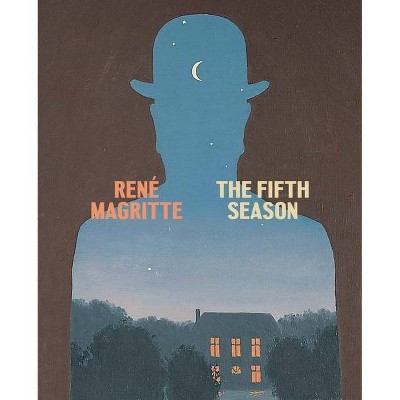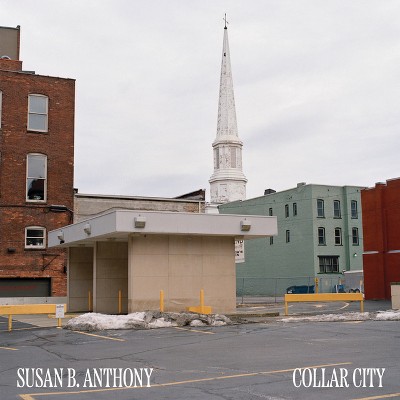About this item
Highlights
- Since the early 1970s, when he began photographing on the streets of his native Los Angeles, Anthony Hernandez has consistently pushed his practice into uncharted territory, challenging himself by adopting new formats and subject matter.
- About the Author: Anthony Hernandez (born 1947) grew up in a Los Angeles far removed from the idealized Hollywood image of the city.
- 280 Pages
- Photography, Individual Photographers
Description
About the Book
"This book is published by the San Francisco Museum of Modern Art in association with D.A.P./Distributed Art Publishers on the occasion of the exhibition Anthony Hernandez, organized by Erin O'Toole for the San Francisco Museum of Modern Art, September 24, 2016-January 1, 2017"--Colophon.Book Synopsis
Since the early 1970s, when he began photographing on the streets of his native Los Angeles, Anthony Hernandez has consistently pushed his practice into uncharted territory, challenging himself by adopting new formats and subject matter. Moving from black and white to color, from 35mm to large-format cameras, and from the human figure to landscapes to abstracted detail, he has produced an unusually varied body of work united by its arresting beauty and subtle engagement with social issues. At first largely unaware of the formal traditions of the medium, Hernandez developed his own style of street photography, one uniquely attuned to the desolate allure and sprawling expanses of LA.
Published to accompany the photographer's first retrospective, Anthony Hernandez offers a comprehensive introduction to his career of more than 40 years, tracing his evolution as well as highlighting continuities across his practice. The catalogue represents the full range and breadth of Hernandez's work, with an extensive plate section that includes many photographs that have never before been exhibited or published.Review Quotes
...a native Angeleno who records his native city (and a few other places along the way) with an unsparing but transcendent eye...Hernandez is a major artist who belatedly just had his first retrospective, and its accompanying monograph...provides a gripping narrative.--Luc Sante "The New York Times"
An empathetic, original view of what life is like on the streets.--Jonathan Blaustein "The New York Times"
Anthony Hernandez captured the essence of many cities . . . but his hometown, Los Angeles and the areas inhabited by the working class, the homeless, and the poor have been the most captivating subject for his craft.-- "Blouin Art Info"
Anthony Hernandez might be to Los Angeles what Eugène Atget is to Paris.--Michael Ned Holte "Artforum"
Anthony Hernandez's time has finally come.--Stephen Heller "Time Out San Francisco"
As a native of Los Angeles, Anthony Hernandez's rigorous and tough photographs have examined the social and political landscape of the city for over forty years, teasing apart assumptions and forcing us to look at places we'd rather drive past and ignore...From his early street photography to his current work on the aftermath of the housing crisis in California, his eponymous monograph is an incredible collection that allows us to measure the full breadth of his remarkable achievement.--Adam Bell "Photo-Eye Blog"
Hernandez can be as effectively succinct with words as he can with visual language. It's a book to savor.--Anne Wilkes Tucker "Photo-Eye Blog, Best of 2016"
Hernandez catalogues the avenues and intersections that make Los Angeles a city, and not only a web of connections between the area's freeways and suburban sprawl.--Jennifer Piejko "Frieze"
Hernandez is constantly exploring new forms and subject matters... Such a wide-spanning body of work is what makes Hernandez's new show at the San Francisco Museum of Modern Art, and its accompanying monograph, so exciting.--Emily Manning "i-D Magazine"
In the photographs of Anthony Hernandez, there are no swaying palm trees or cinematic sunsets. Instead, for half a century, this born-and-bred Angeleno has trained his unblinking lens on another L.A. - a city of the aged, of the working class, of the destitute.--Carolina A. Miranda "LA Times"
Instead of focusing on the effect of development on the natural world, [Hernandez] portrays the human toll... His compositional style can make a cinder-block squat seem as monumental as a marble mausoleum.--Arthur Lubow "The New York Times"
The hefty catalog traces the artist's journey over five decades--evocative street photography, desolate Los Angeles cityscapes, color candids, still lifes featuring artifacts of indigents--all joined by Hernandez's social conscience and compositional grace.--Jack Crager "American Photo"
The unidealized Los Angeles. The real L.A..... That incredible quality of light.--Erin O'Toole "San Franciso Museum of Modern Art"
Whether you think of California as a promised land or a dead end, it's always been a reliable source of inspiration for photographers, and some of my favorite new books explore the terrain from unexpected angles. The most substantial of these is Anthony Hernandez.--Vince Aletti "Photograph Magazine"
About the Author
Anthony Hernandez (born 1947) grew up in a Los Angeles far removed from the idealized Hollywood image of the city. Since 1970 Hernandez's work has been featured in numerous group ex-hibitions in the U.S. and Europe. Previous solo exhibitions include Discarded: Photographs by Anthony Hernandez at the Amon Carter Museum of American Art, Fort Worth, Texas (2016); Anthony Hernandez at the Vancouver Art Gallery (2009); and Landscapes for the Homeless at the Sprengel Museum Hannover, Germany (1995). He has published nine monographs, including Rodeo Drive, 1984 (2012), Waiting, Sitting, Fishing and Some Automobiles: Los Angeles (2007), and Landscapes for the Homeless (1995). Hernandez currently divides his time between Los Angeles and Fairfield, Idaho.
Robert Adams is an award-winning photographer whose work has been featured in prominent public collections and exhibitions, including at the San Francisco Museum of Modern Art; the Denver Art Museum; the Philadelphia Museum of Art; and The Museum of Modern Art, New York. He has published more than forty books of photography and critical essays. He met Hernandez in 1974, when the two were included in a group show at the Jack Glenn Gallery in Corona del Mar, California. Adams nominated Hernandez for the 1995 Sprengel Award, sponsored by the Sprengel Museum Hannover, Germany, which resulted in an exhibition and Hernandez's first monograph, Landscapes for the Homeless. Erin O'Toole is Baker Street Foundation Associate Curator of Photography at the San Francisco Museum of Modern Art. Most recently she collaborated with Leo Rubinfien and Sarah Greenough on the retrospective exhibition Garry Winogrand (2013-15), which traveled to the National Gallery of Art, Washington, D.C.; the Metropolitan Museum of Art, New York; the Jeu de Paume, Paris; and the Fundación MAPFRE, Madrid. She is a contributing author of The Photographic Object, 1970 (2016), Janet Delaney: South of Market (2013), Garry Winogrand (2013), Doug Rickard: A New American Picture (2012), San Francisco Museum of Modern Art: 75 Years of Looking Forward (2009), Brought to Light: Photography and the Invisible, 1840-1900 (2008), and Nancy Newhall: A Literacy of Images (2008).Ralph Rugoff is director of the Hayward Gallery, London. From 2000 to 2006 he was director of the Wattis Institute for Contemporary Arts at the California College of the Arts, where he was also founding chair of the Graduate Program in Curatorial Practice. He has curated exhibitions for the past twenty-five years, including the 2015 Lyon Biennale, and has contributed essays to numerous exhibition catalogues and books on artists such as David Hammons, Paul McCarthy, Raymond Pettibon, Luc Tuymans, Mike Kelley, and Anthony Hernandez (Anthony Hernandez: Pictures for Rome, 2000). In 2005 Rugoff was the inaugural recipient of the Penny McCall Foundation's Ordway Prize for arts writer and/or curator.Lewis Baltz (1945-2014) was a celebrated photographer and photography instructor. His work has appeared in national and international solo and group exhibitions and has entered the collections of the San Francisco Museum of Modern Art; the Metropolitan Museum of Art, New York; the Whitney Museum of American Art, New York; and the Tate Modern, London, among many others. He received numerous awards over the course of his career, including grants from the National Endowment for the Arts and a Guggenheim Foundation fellowship. Baltz met Hernandez at the home of artist and curator Fred R. Parker in 1970 and became a longtime friend.

